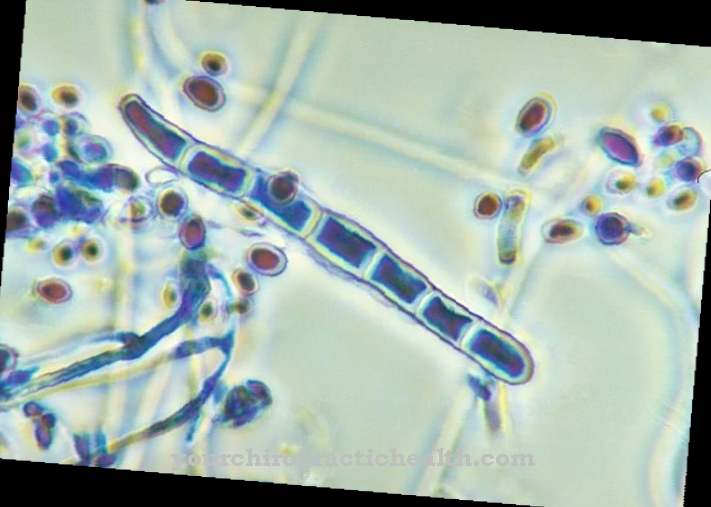When binding to a receptor, ligands and drugs have an effect on the target cell. The intrinsic activity is the strength of this effect. Antagonists have an intrinsic activity of zero and are only intended to prevent the binding of other ligands to the respective receptor.
What is the intrinsic activity?

From a chemical point of view, ligands are ions or molecules that can be attracted to central atoms or central ions and form a complex bond with them. From a medical point of view, ligands are substances for the occupation of receptors which, after binding to the receptor, develop a receptor-mediated effect.
In this context, the intrinsic activity corresponds to the potency that a ligand or pharmaceutical has after binding to a special receptor. Sometimes the intrinsic activity also indicates the strength of the cell function change that occurs when ligands bind to receptors.
The intrinsic activity plays a key role, especially for pharmacodynamics. This is the study of the effects of medicines, which is a branch of pharmacology. For example, the efficiency of a drug can be assessed using its intrinsic activity.
A special case of intrinsic activity is intrinsic sympathomimetic activity, also referred to as partial agonistic activity. This term refers in particular to the stimulating effect of β-receptor blockers such as pindolol on the receptors assigned to them.
A distinction must be made between intrinsic activity and affinity, which describes the attraction of attachment partners. In the meantime, the intrinsic activity is sometimes also of Efficacy the speech.
Function & task
Each ligand has a specific place of action. This site of action is, for example, a cell membrane receptor. It is from this location that the ligand first develops its effect on the cell. Together with a receptor, the ligand always forms a complex, the so-called ligand-receptor complex. Without this complex formation, the ligand cannot develop its effect. Upon binding, the resulting complex mediates a cellular effect that changes cellular functions.
The alteration of cellular structures through the mediation of the ligand-receptor complex is the central element of intrinsic activity. It is not directly about the change itself, but a measure of the strength of the cellular changes. In short, the intrinsic activity is a measure of the strength of the effect of a particular ligand binding to a receptor.
The intrinsic activity can be calculated. The calculation is based on the formula IA = Wmax divided by Emax. In this formula, IA stands for intrinsic activity. Wmax corresponds to the maximum possible effect of the respective agonist and Emax is the theoretically maximum conceivable effect of the binding. With this formula, the values for intrinsic activity are always between zero and one.
An active ingredient or ligand with an intrinsic activity of zero therefore does not trigger any effect via binding to the receptor. In this case, the active ingredient is referred to as a pure antagonist, which only occupies the receptor and thus prevents the binding of other ligands to the receptor. If the intrinsic activity of an active ingredient is one, however, binding to the receptor achieves maximum effect. The ligand or active ingredient cannot be described as a pure antagonist.
Active ingredients with an intrinsic activity between the values zero and one are sometimes referred to as partial agonists. The classic model is based on “monofunctional” ligands that act on the receptor. In fact, a ligand is able to address different signaling pathways individually and specifically. Ligands can also use different signaling pathways in parallel and thus act as antagonists and agonists at the same time. Because a drug's intrinsic activity can vary from tissue to tissue.
Illnesses & ailments
The intrinsic activity is ultimately relevant for all drugs. In this context, a distinction must be made between agonists and antagonists. As mentioned above, antagonists have an intrinsic activity of zero. Accordingly, they themselves have no effect, but inhibit the effect of other ligands of the receptor.
Such drugs include beta blockers, for example. The active ingredient in these medicines binds to the beta receptors. In doing so, they block the receptors for the binding of other substances whose effects are to be suppressed. The beta blockers can, for example, bind to β-adrenoceptors. With this bond they block the bonds of the stress hormone adrenaline and the neurotransmitter noradrenaline. In this way the effect of the substances is inhibited.
In this way, the substances lower the heart rate in a resting state, for example. At the same time as this dampening, they also dampen blood pressure. For this reason, beta blockers are used to treat various diseases and are suitable, for example, as conservative drug therapy for high blood pressure or coronary heart disease. Because of their well-documented and now well-proven effectiveness, beta blockers are sometimes the most frequently prescribed drugs of all.
Agonists for dopamine receptors are used, for example, as an active ingredient in the treatment of Parkinson's disease. The agonists of these receptors include, for example, the substances budipine, cabergoline, dihydroergocryptine, lisuride, paliperidone, pergolide, piribedil, pramipexole or ropinirole. Due to the developed effect in the receptor binding, they improve typical symptoms of Parkinson's, above all rigid movement, movement disorders, daytime tiredness and tremors.




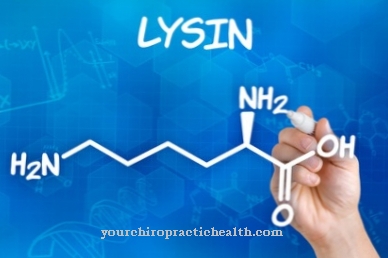




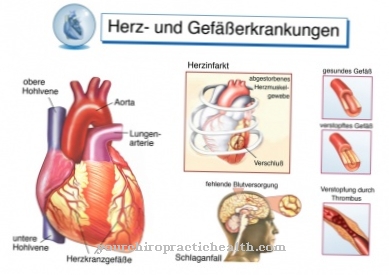
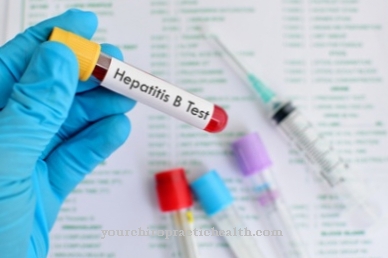


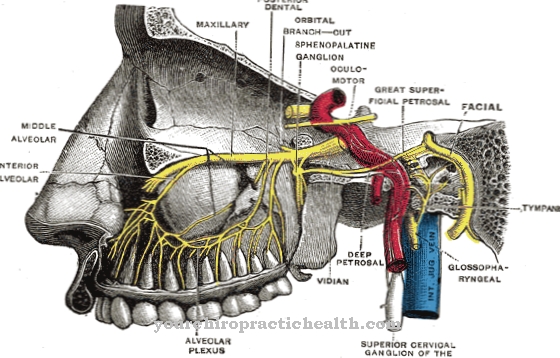







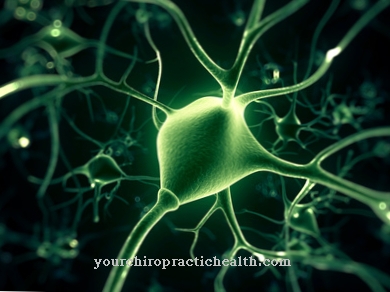
.jpg)
.jpg)

